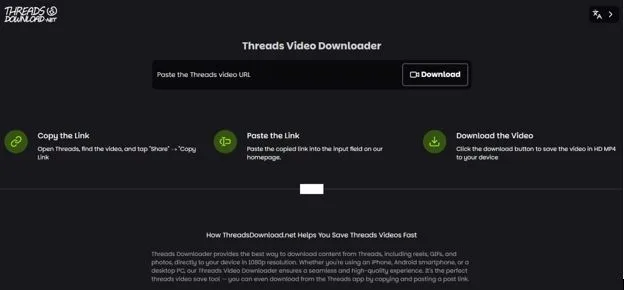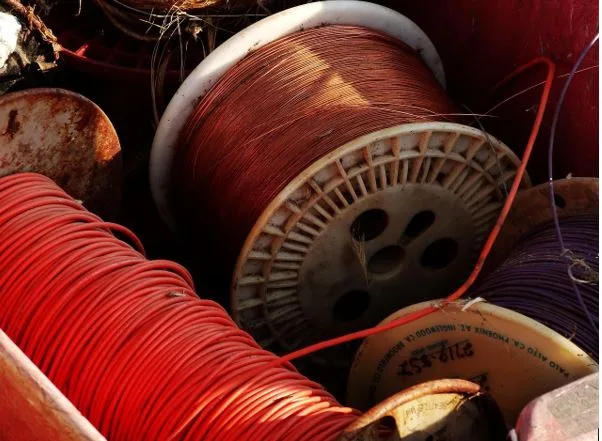Post-Workout Recovery Techniques Used by Athletes and Physical Therapists
Post-workout recovery has gone from just rest times to high-tech, factual ways that help athletes do better work and keep from getting hurt. When the muscles get the blood flow again, they get the help they need and fix and build the muscles, joints and links to the muscles, so the ways to recover are very important for how the athlete does at what they do.
Modern ways to heal bodies and minds are used by top sports stars and trainers who want bodies to heal quick. Both athletes and those who work out now look more at fixing the body than just giving it a rest or small tools. Now, new ways to fix the body include deep freezing, the use of pounding presses, and hot rooms that do not use heat.
Active Recovery and Movement-Based Techniques
Active recovery makes up the base of today’s post-workout rules. Athletes get back by giving their bodies what they need through active rest (making your muscles work at a low level) and stretching. This way stops muscle tightness and helps blood flow and waste get out.
Dynamic stretching, light cardio, and mobility work build in movement, and allow recovery. Use move to hit areas that get used in your lifts. Make sure all parts of your body get equal rest.
Yoga and Pilates are now big parts of what top athletes do. They help the body rest and the mind to calm down. They give better ease in movement, strength in the middle and self knowledge of the body. There is a good mental side that makes the rest even better.
Cryotherapy and Cold Water Immersion
Cold therapy has been shown to be one of the most researched and most effective ways of speeding up recovery. Cold water immersion at 10-15°C (50–59°F) for 10-15 mins. will aid in rapid post-exercise recovery. The physiological response to cold exposure causes vasoconstriction followed by vasodilation. This improves circulation and reduces inflammation.
When you sit in cold water, your blood tubes close; when you get out, they open back up. This helps to clean away waste from the work your body does, so ice baths and cryotherapy chambers are good for athletes to get better.
Today, sports teams buy a lot of cryo stuff. They find it helps with healing from pain and getting back to work fast. The cold that you feel also helps the mind and gives you strength to deal with hard times.
Advanced Manual Therapy Techniques
Manual therapy techniques have changed how athletes get better, with some getting help in a very specific way. One of the newest ways to help a person get better is dry needling.
Dry needling uses an acupuncture needle put into trigger points, tendons, ligaments or close to nerves to help relax tight muscles and start a healing part. This exact way helps PTAs to find certain parts of tight muscles and parts that don’t work right. These parts may be stopping someone from healing or gaining from exercise.
Dry needling can help athletes get better after they lift or throw. It works on the tight spots in the muscle that hurt. It can help fill the gap before you lift or throw again.
Utah has become a recognized hub for advanced manual therapy techniques, with numerous clinics specializing in these evidence-based treatments. Athletes seeking the most trusted dry needling treatment in Utah can access highly trained professionals who combine traditional physical therapy knowledge with cutting-edge intervention techniques.
Cupping Therapy for Enhanced Recovery
Dry needling can help athletes get better after they lift or throw. It works on the tight spots in the muscle that hurt. It can help fill the gap before you lift or throw again.
Cupping’s pull makes blood in the area flow more. Cupping gets rid of fluid in the body called lymph and gets rid of bonds in the muscles that stop how well the person can move and how well they can do sports.
Physical therapists often add cupping to other ways of handling or moving the body that they use to make full plans that work well. Cupping can be used on big muscles and can be used on places where pain is felt.
Utah’s athletic community has embraced cupping therapy as an essential recovery tool, with specialized clinics offering expert treatment protocols. Athletes seeking the most trusted cupping treatment in Utah can access practitioners who understand the unique demands of high-performance athletics and can tailor treatments accordingly.
Combination Therapy Approaches
Research shows that using many ways to help heal usually works better than just one way. When two ways were used together, the pain was less, from 6.19 to 4.59 after only three times. This shows that using both can help more than just using one.
Physical therapists now design recovery programs that incorporate multiple techniques based on individual athlete needs, training demands, and competition schedules. These personalized protocols might combine manual therapy, movement-based recovery, and technological interventions.
Technological Innovation in Recovery
Modern recovery has smart tech on the front end that lets us see and act on what is happening to the body. The tech is in the form of percussive therapy, compression, and infrared sauna.
Wearable devices now monitor recovery metrics in real-time, providing athletes and therapists with objective data about readiness to train. Heart rate variability, sleep quality, and subjective wellness scores help guide recovery protocol adjustments.
Nutrition and Hydration Strategies
Recovery must go beyond fixed body work to the use of clean food and water. Fixing the body must happen after each fixed body work. We must also think of when we give body food after body work.
Recently, hydration plans now take into account salt and other things in water, when to take in water and how much water you lose from sweating. Good ways to watch how much water you lose help keep the water your body needs during time after you work out.
Sleep Optimization and Recovery
Sleep is the most needed way to get body and mind to fix itself after tough work on them. Lots of work has been done on links between hours asleep and sport, with focus on how it can help to stop harm. Lots have been done on how sleep can change how well a person can do any one thing while playing sport. And lots have been done on how a person can get more or better sleep by use of a so called sleep hygiene plan.
Mental Recovery and Stress Management
Psychological recovery techniques complement physical interventions, addressing the mental demands of high-performance athletics. Meditation, visualization, and stress management strategies support overall recovery by addressing the mind-body connection.
Future Directions in Athletic Recovery
Emerging research continues expanding our understanding of optimal recovery protocols. Personalized medicine approaches, genetic testing, and advanced biomarker analysis promise even more targeted recovery interventions.
Recovery technology will keep getting better with time, and with the help of digital intelligence and machine learning we might see new ways of following and making Recovery better. Combining many types of data will give us better ideas for what to do about recovery.
Conclusion
Post-workout recovery has changed from rest to active ways that help the body work better and make sure the person is safe from harm. When we add up old ways with new tech, it is clear that we can now do better.
Whether using great hand-held ways of work just like the best dry needling service in Utah or getting special ways of work like the best cupping work in Utah, sportsmen can get all they need for their body to work well and help them do what they want to do.
Athletic recovery will change to include many ways to help each person and each kind of need. It will also have new ideas on how people work and how they can do better.




